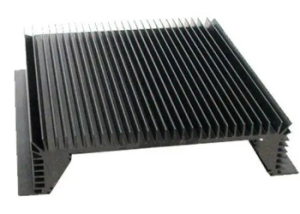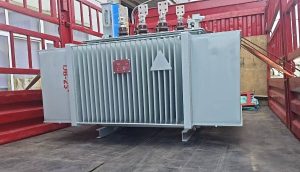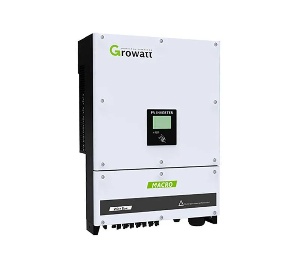Electronic Components Supplier | Transformers, Inductors, Inverters
Introduction
A Full Wave Rectifier is an essential electronic circuit that converts alternating current (AC) into direct current (DC). Unlike a half-wave rectifier, which only utilizes one half of the AC waveform, a full-wave rectifier uses both halves, improving efficiency and reducing ripple voltage. This makes it a critical component in power supplies, battery chargers, and various electronic devices.
With the growing demand for efficient power conversion in renewable energy systems, electric vehicles (EVs), and consumer electronics, understanding full-wave rectifiers has become more relevant than ever. This article explores the working principle, types, advantages, and real-world applications of full-wave rectifiers while optimizing for SEO and readability.
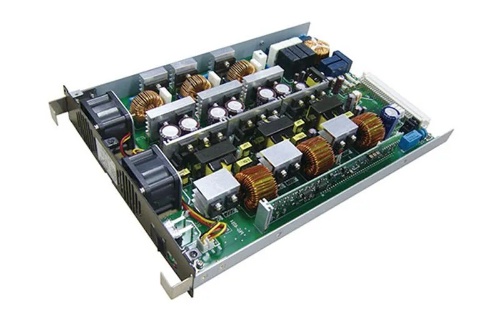
How Does a Full Wave Rectifier Work?
A full-wave rectifier can be constructed using two diodes (center-tapped transformer) or four diodes (bridge rectifier). Both configurations ensure that current flows in the same direction during both positive and negative half-cycles of the AC input.
1. Center-Tapped Full Wave Rectifier
- Uses two diodes and a center-tapped transformer.
- During the positive half-cycle, diode D1 conducts, while D2 remains reverse-biased.
- During the negative half-cycle, diode D2 conducts, while D1 is reverse-biased.
- Output is a pulsating DC with less ripple compared to a half-wave rectifier.
2. Bridge Rectifier (Most Common)
- Uses four diodes arranged in a bridge configuration.
- No need for a center-tapped transformer, making it more cost-effective.
- Diodes D1 & D2 conduct during the positive half-cycle, while D3 & D4 conduct during the negative half-cycle.
- Provides higher efficiency and is widely used in power adapters and industrial power supplies.
Advantages of Full Wave Rectifiers
- Higher Efficiency – Utilizes both halves of the AC waveform, delivering more DC output.
- Lower Ripple Factor – Smoother DC output compared to half-wave rectifiers.
- Better Transformer Utilization – No wasted cycles, improving power conversion efficiency.
- Wider Applications – Used in power supplies, battery chargers, and renewable energy systems.
Disadvantages & Solutions
- More Components Required – A bridge rectifier uses four diodes instead of one.
- Higher Heat Dissipation – Diodes may require heat sinks in high-power applications.
- Voltage Drop – Each diode causes a ~0.7V drop, reducing output voltage.
Solution: Modern Schottky diodes and synchronous rectifiers minimize voltage drops and improve efficiency.
Applications of Full Wave Rectifiers
- Power Supplies – Used in AC-to-DC adapters for laptops, smartphones, and TVs.
- Battery Chargers – Converts AC mains to DC for charging EVs, solar batteries, and UPS systems.
- Renewable Energy Systems – Essential in solar inverters and wind power converters.
- Industrial Electronics – Used in motor drives, welding machines, and CNC controllers.
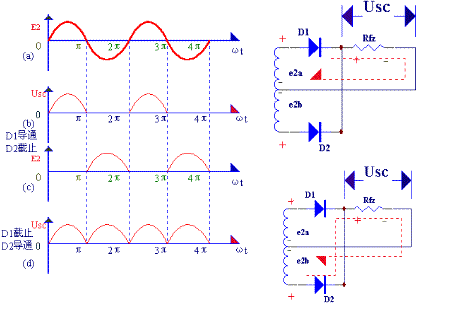
Future Trends & Innovations
With advancements in wide-bandgap semiconductors (SiC & GaN), full-wave rectifiers are becoming more efficient, compact, and suitable for high-frequency applications. The rise of 5G, IoT, and electric vehicles is further driving demand for high-efficiency power conversion.
Conclusion
The full wave rectifier is a cornerstone of modern electronics, enabling efficient AC-to-DC conversion. Whether in consumer electronics, industrial systems, or renewable energy, its role is indispensable. As technology evolves, more efficient and compact rectifier designs will continue to shape the future of power electronics.


